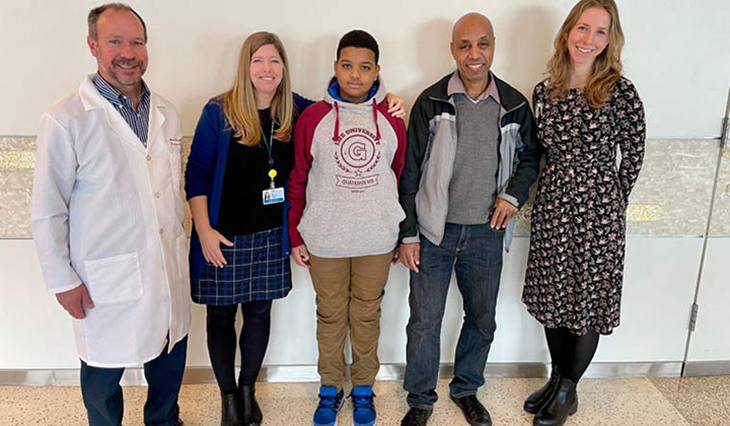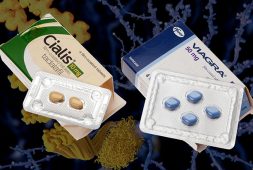
At the forefront of medical innovation, the Children’s Hospital of Philadelphia (CHOP) recently achieved a remarkable feat: granting an 11-year-old Moroccan boy the gift of hearing for the first time in his life. This monumental milestone was made possible through a groundbreaking genetic therapy that effectively cured his deafness.
The significance of this achievement extends far beyond a single individual, offering hope to countless others worldwide grappling with various forms of genetic-related hearing impairments. The therapy addresses a spectrum of genetic mutations responsible for hearing loss, marking a significant advancement in the realm of gene and cell therapy within the medical field.
Aissam Dam, hailing from an impoverished community in Morocco, was born into a world of silence, afflicted by a type of hereditary deafness known as otoferlin deafness. This condition, linked to mutations in the otoferlin gene, affects approximately 200,000 individuals globally. The mutation disrupts a crucial protein within the inner ear’s hair cells, essential for transmitting sound signals to the brain.
The New York Times highlights the unique nature of otoferlin-related deafness among hereditary hearing impairments. Unlike other genetic mutations that often lead to the premature death of inner ear hair cells, otoferlin mutations allow these cells to persist for decades, offering a promising target for therapeutic intervention. This breakthrough underscores the transformative potential of genetic therapies in addressing previously untreatable conditions and opens new avenues for advancing medical care in uncharted territories.
“Gene therapy for hearing loss is something that we physicians and scientists in the world of hearing loss have been working toward for over 20 years, and it is finally here,” John A. Germiller PhD, said. He is an attending surgeon and Director of Clinical Research in the Division of Otolaryngology at CHOP.
Though tackling otoferlin reversal or cure seemed like an easy win at first glance, navigating the complexities of the inner ear and cochlea was anything but simple. Years of intensive research and testing were necessary to surmount the numerous challenges inherent in these intricate, enclosed environments.
However, the outcome spoke for itself, as young Mr. Aissam eloquently articulated to The Times.
“There’s no sound I don’t like,” Aissam said with the help of interpreters. “They’re all good.”
When asked what his favorite was, he signed back “people.”
On October 4, 2023, a groundbreaking experimental procedure unfolded at CHOP, marking a significant milestone in Aissam’s journey towards auditory sensation. Undergoing surgery, Aissam underwent a delicate process where an endoscope delicately maneuvered to partially lift the eardrum, granting access to the “round window,” a minuscule gateway to the cochlea. Through this intricate pathway, an investigational medical device was fleetingly inserted.
This device facilitated the administration of a singular, minute dosage of a pioneering gene therapy known as AK-OTOF, formulated by Akouos, a subsidiary of the pharmaceutical behemoth Eli Lilly. This therapy, encapsulating copies of the standard OTOF gene, was directly conveyed to the inner sanctum of the ear.
Fast forward nearly four months since the infusion of this investigative gene therapy into one of his ears, Aissam now stands on the brink of a profound transformation. For the first time in his existence, the realm of sound unfolds before him. His auditory faculties awaken to the resonance of his father’s voice, the hum of passing vehicles, and even the subtle snip of scissors tending to his hair. Though his hearing would traditionally be categorized as mildly impaired under normal circumstances, this newfound sensation represents an unparalleled breakthrough in his sensory experience.
“As more patients at different ages are treated with this gene therapy, researchers will learn more about the degree to which hearing is improved and whether that level of hearing can be sustained over many years,” Germiller said. “What we have learned from following this patient’s progress will help direct our efforts toward helping as many patients as we can.”



